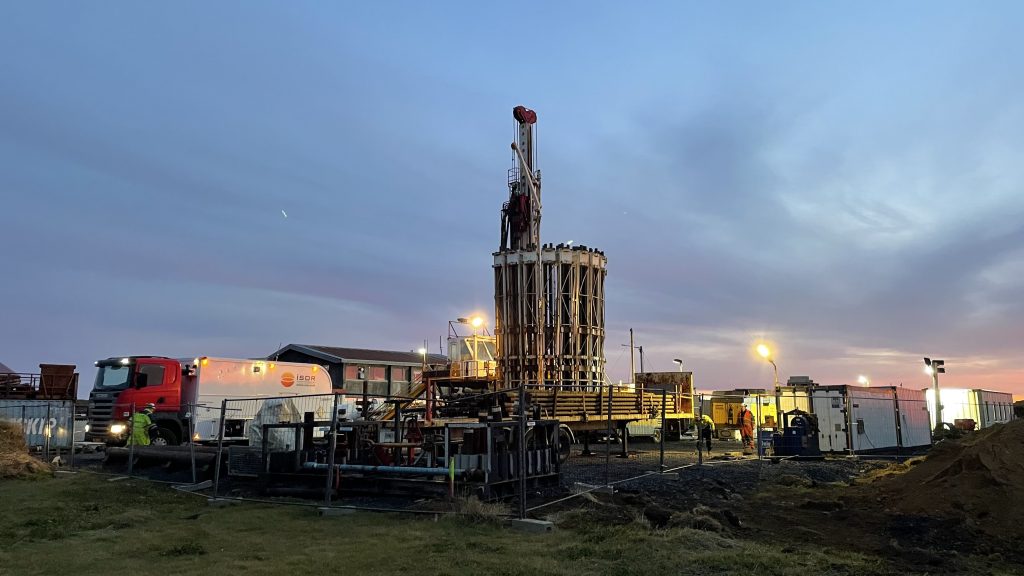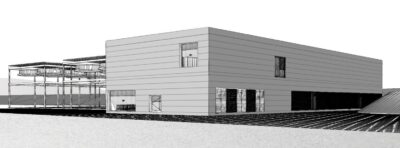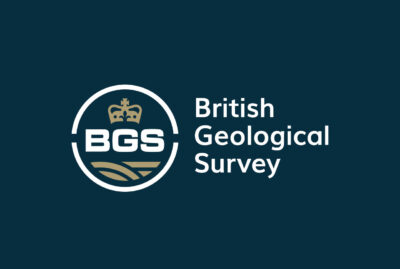More research to find new geothermal areas needed in Iceland
Iceland needs to do more research on "cold areas" of the country that could be tapped for feeding an increasing heating demand, so a recent meeting by ISOR.
There is a need for more research when it comes to finding new geothermal areas in Iceland, according to statements made in a recent meeting by Iceland GeoSurvey (ÍSOR). The meeting was to shed light on geothermal exploration in “cold areas” of Iceland.
Audur Agla Ólafsdóttir, a geologist, spoke at the meeting. She pointed out that the Icelandic state should be responsible for basic research in the field of geothermal energy. There are still opportunities to increase the share of geothermal energy as use has increased. Progress calls for a constant review and reassessment of what were previously considered “cold areas”.
A recent status report by Iceland’s Minister for the Environment, Energy and Climate states that the demand for district heating water is increasing in line with increased economic activity and population growth. However, it is not yet clear how the need for hot water will be met in the foreseeable future. The report also points out that knowledge must be increased about geothermal energy in low-temperature areas, in so-called cold areas, in high-temperature areas and in areas within the eruption zone that are not obvious high-temperature areas.
Ways need to be found to activate the heat
Árni Magnússon, CEO of ÍSOR, moderated the discussion at the meeting following Audur Ögla’s presentation. He asked what research would be needed to increase our chances of finding new geothermal areas. Steinunn Hauksdóttir, division manager at ÍSOR, said that a lot of research has been done with older equipment, or methods.
“We have an interdisciplinary approach to studying geothermal areas,” she said, adding that the research focused on surface measurements of geophysical and geological properties. She said it was important to learn more about the nature of the earth’s crust beneath Iceland. “Many big questions there are still unanswered,” said Steinunn. “We know that it is hot under Iceland. We need to find ways to activate that heat. There, the cracks are our main routes. “
It was stated at the meeting that previously water below a certain temperature had not been regarded as a special resource. Now there is another situation, including fish and juvenile farming where the optimum temperature can be 20 to 30 degrees.
The importance of continued public support was also mentioned at the meeting, and Audur Agla said that when the state stepped in with an injection, the utilities responded well.
Source: Mbl.is


















